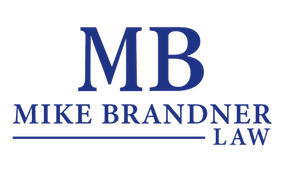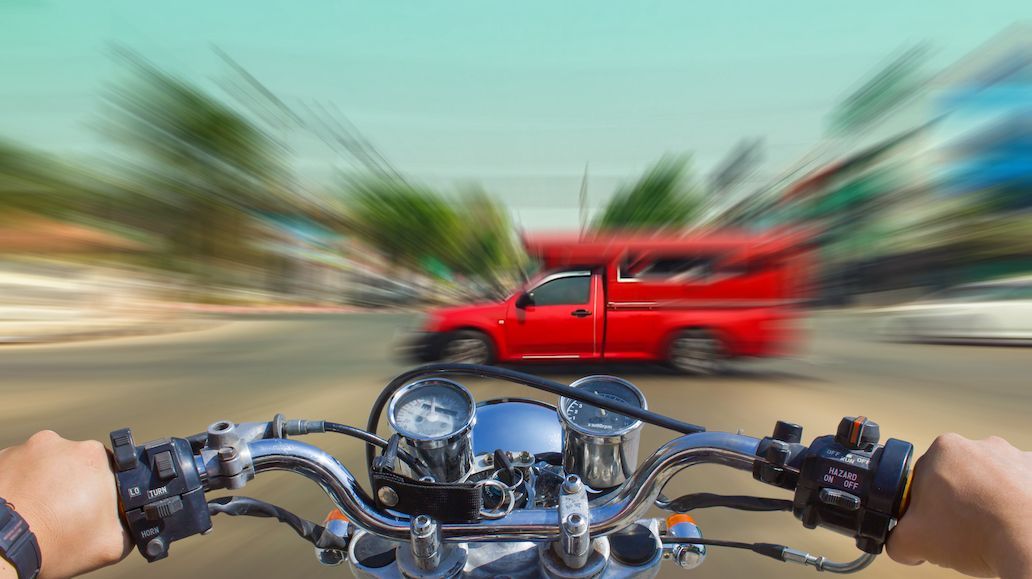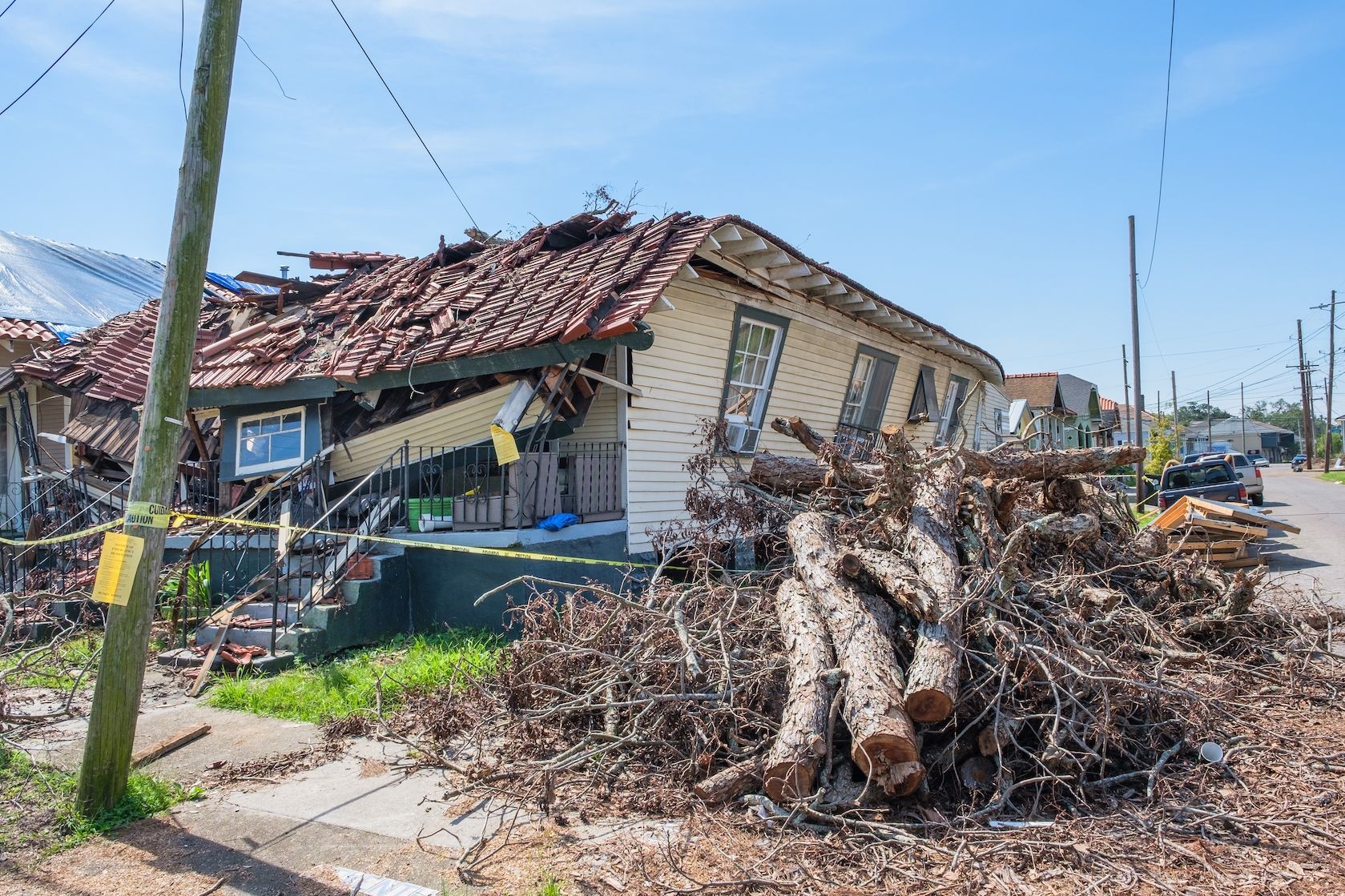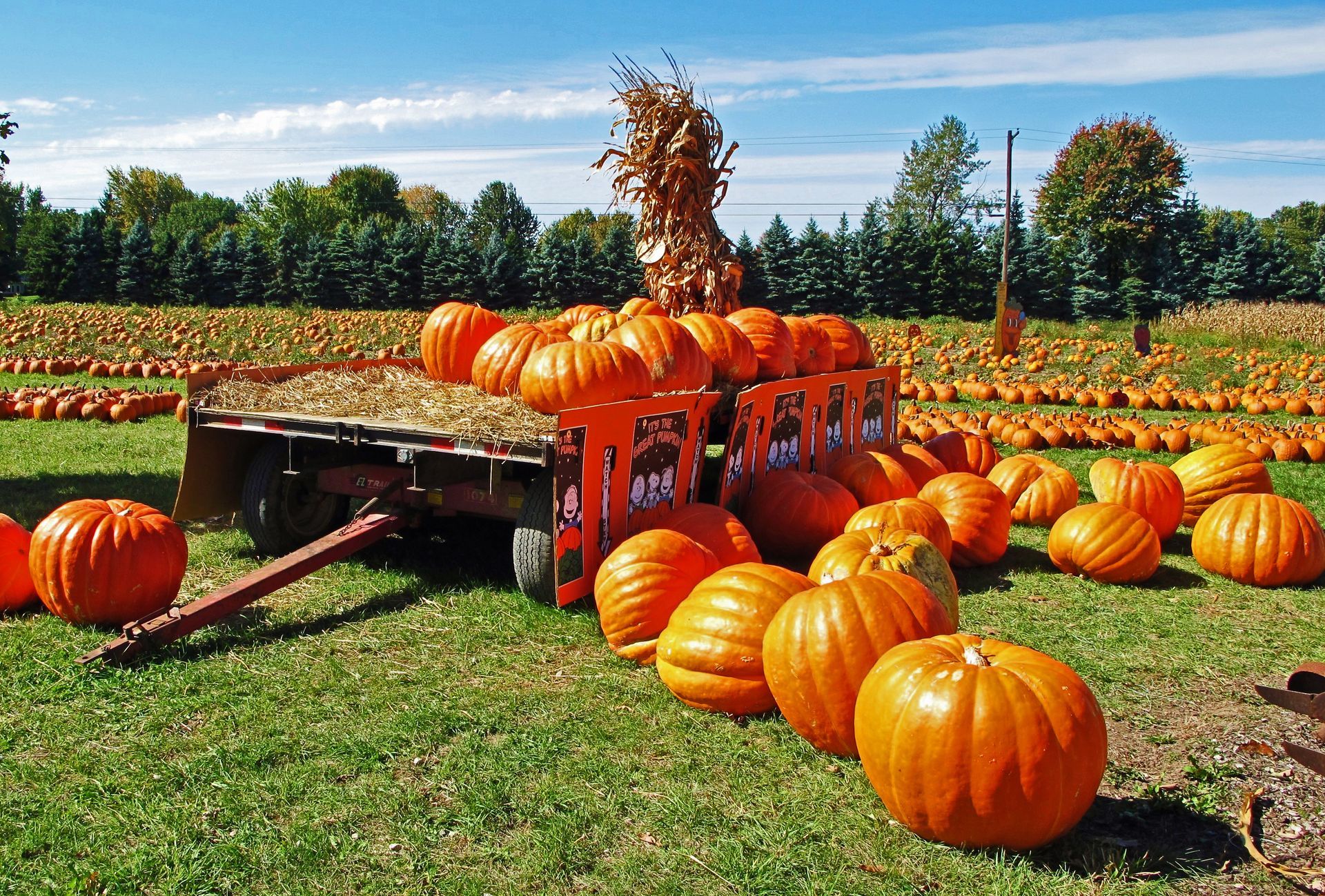Avoiding a Big Rig’s Blind Spots
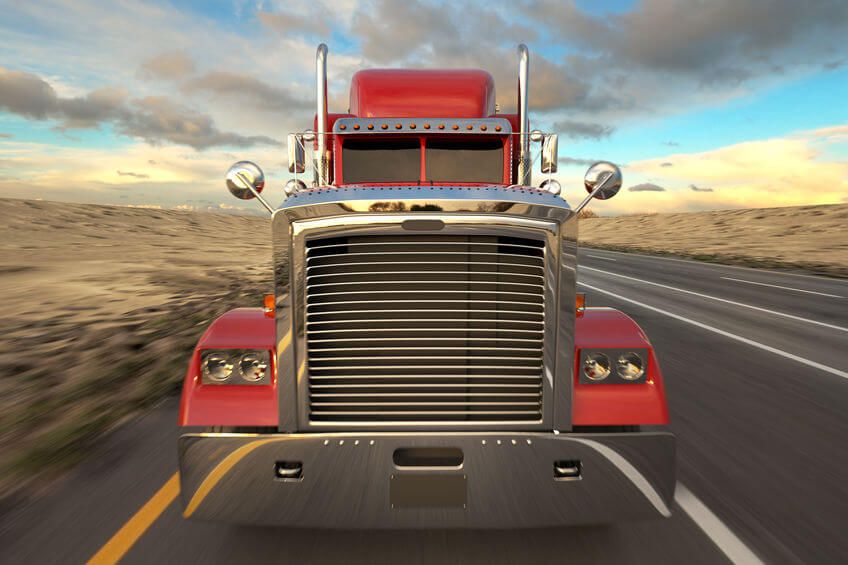
No one enjoys driving near big rigs on the highway. Some speed up to pass these mammoth trucks. Others slow down to the speed limit and follow behind the truck for a while. Regardless of your approach to sharing the road with big rigs, you should do your best to stay out of their blind spots.
These large trucks have enormous blind spots compared to the average vehicle. If you are involved in a truck blind spot accident, you need legal assistance right away seeking compensation for back injuries, broken bones, burn injuries, brain injuries, or for the wrongful death of a loved one. Our truck accident law attorneys will collect evidence; develop a legal strategy; and battle the corporate trucking attorneys to obtain the compensation you need.
How to Drive Safely Near Trucks
To help protect you, the Louisiana truck accident attorneys at Mike Brandner Injury Attorneys offer the following tips for safely navigating the roads alongside trucks.
Know Truck Blind Spots
The average sedan has at least one blind spot: the area to the driver’s left, just behind them, where other vehicles often coast along without regard for exact positioning. And even though a significant number of vehicles are now equipped with blind spot prevention features, accidents can still happen—especially in heavy traffic. 18-wheelers, however, are generally not equipped with the same type of technology as passenger vehicles.
That is why it is important not to drive immediately behind these large trucks. Make sure there is at least a four second gap between the truck and your vehicle. Furthermore, you should do your best to remain outside of the areas behind and to the left and right of the truck.
Most of these large trucks have another hidden blind spot directly in front of them. These tall trucks have about a 20-foot blind spot face directly in front of the vehicle. If you are ever in a trucker’s blind spots, slow your rate of speed (if safe) and change lanes to exit the blind spot.
A good rule to follow is that if you can’t see the driver’s face in the side mirror, he or she probably can’t see you.
Take Your Time
Be patient when driving around big rigs. It will take some time for these large trucks to complete turns, pass other vehicles, come to a full stop, etc. Do not drive impatiently or recklessly. Refrain from honking your horn or using hand signals.
Follow at a Safe Distance
Since a truck is a very large, heavy vehicle, it takes a much longer distance to stop than a car. Always follow at least four seconds behind a truck so you can stop. Especially in case the driver has to stop suddenly. This is especially true in wet weather, since a truck can spray or splash up water or mud onto your windshield, temporarily impairing your vision.
Never Cut in Front of an 18-wheeler
It is a mistake to cut in front of an enormous truck. These mammoth vehicles are much heavier than the average automobile. If you try to maneuver into a small gap in traffic ahead of truck and then brake, you could be setting yourself up for a potentially deadly accident. The truck driver might not even know your vehicle is near so there might not be any time to slam the brakes and avoid a potentially deadly accident.
Allow Room for Truckers to Change Lanes
It can be difficult for a large truck to change lanes. So, if a truck driver has their turn signal on, leave room for them to change lanes. If there’s an available lane to your left, move over if you can.
Never Tailgate a Big Rig
If you do not want to increase your speed to pass a large truck, do not hang out in the right lane behind the truck for several miles. Tailgating a big rig is a mistake. If you are too close to the truck, the driver will not be able to see you. If he presses his brakes, you might slide right on down beneath the trailer. So, drive at a distance when trailing a truck. Give yourself ample space to react to changing road conditions and the truck driver’s decisions. All in all, there should always be between 15 and 20 vehicle lengths between your car and the truck.
Be Careful at Intersections
Large trucks require more space than regular vehicles when making turns. Never try to pass them while they’re turning or try to squeeze in between the truck and a curb. It is easy for the truck driver to lose track of vehicles in the area when attempting to execute one of these difficult turns. Vehicles on the right side of the truck are particularly difficult to see. Leave that much more space for the truck driver to complete a turn to keep you, your loved ones and also your vehicle out of harm’s way.
Allow Some Leeway on a Hill
A truck driver with a large vehicle and load will probably slow down when going uphill. Give the truck some leeway, and don’t be eager to pass if there’s not room to safely do so.
Injured in a Truck Blind Spot Accident? Our Personal Injury Lawyers Are at Your Service
If you suspect a truck driver is even partially at fault for your crash, we can help you obtain justice. Give Mike Brandner Injury Attorneys a call to schedule a free consultation. There is no fee unless our truck accident lawyers win your case. We are your 24/7 injury attorneys so you can reach us any time. You can even contact us through our online LiveChat feature.
We offer free consultations, and you won’t pay a fee unless you win your case.
Recent Posts
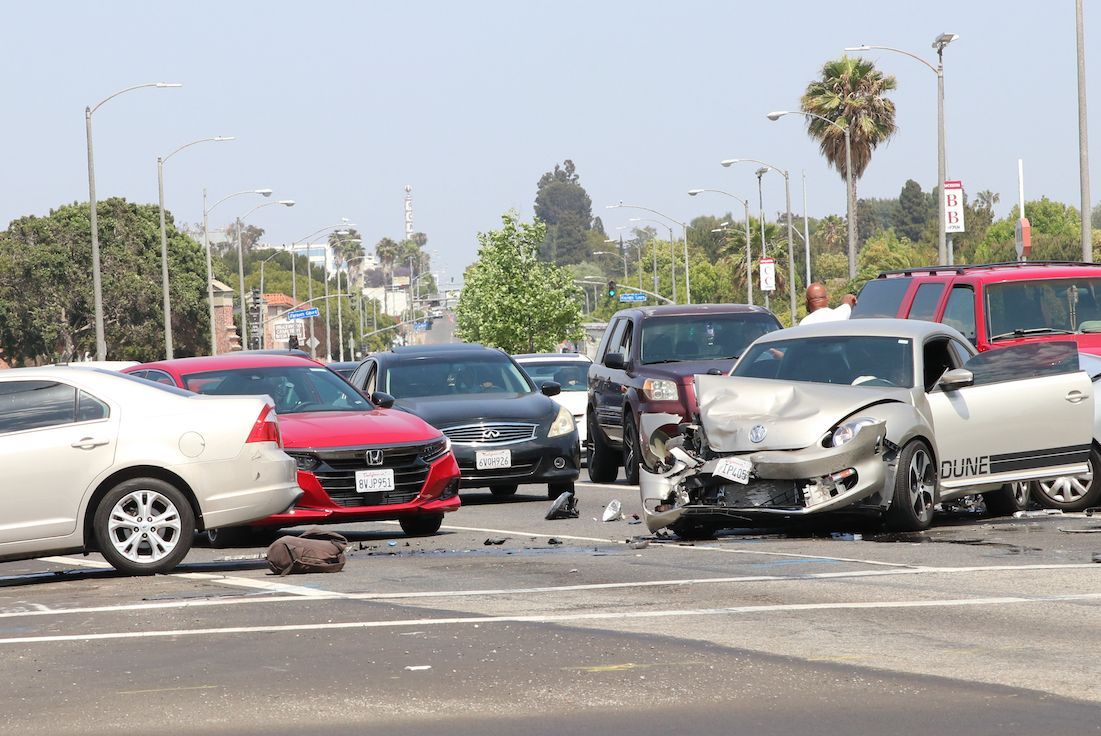
QUICK LINKS
LOCATIONS
Metairie
3621 Veterans Memorial Blvd
Metairie, LA 70002
(504) 345-1111
Hammond
117 E. Thomas St.
Hammond, LA 70401
(985) 345-1111
All Rights Reserved | Mike Brandner Injury Attorneys | Built by REV77
